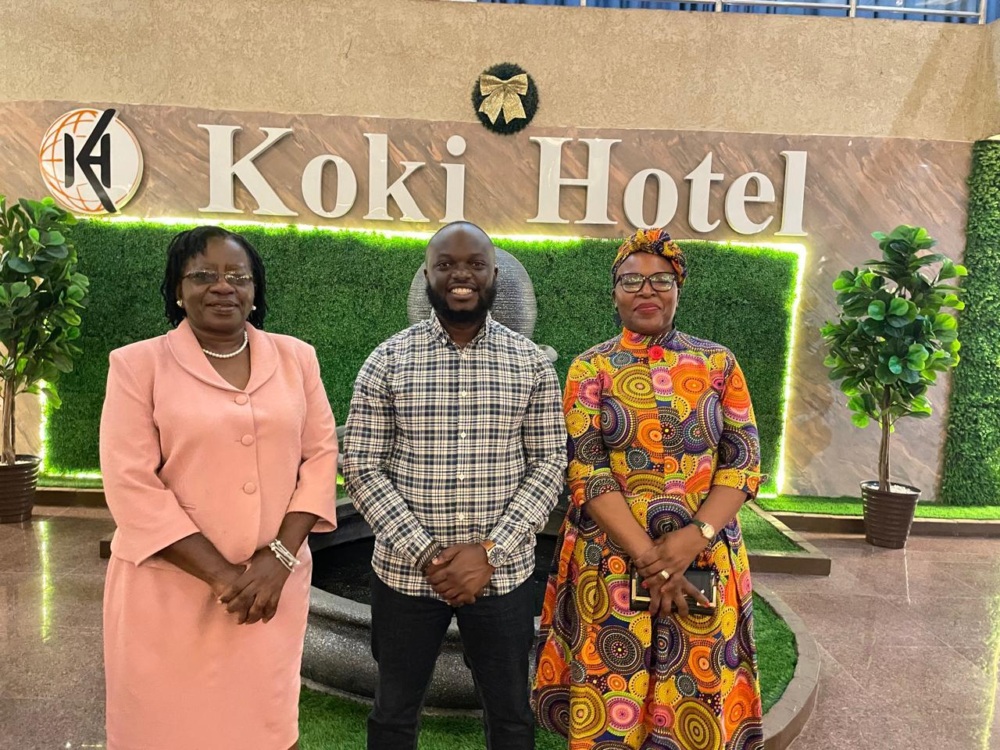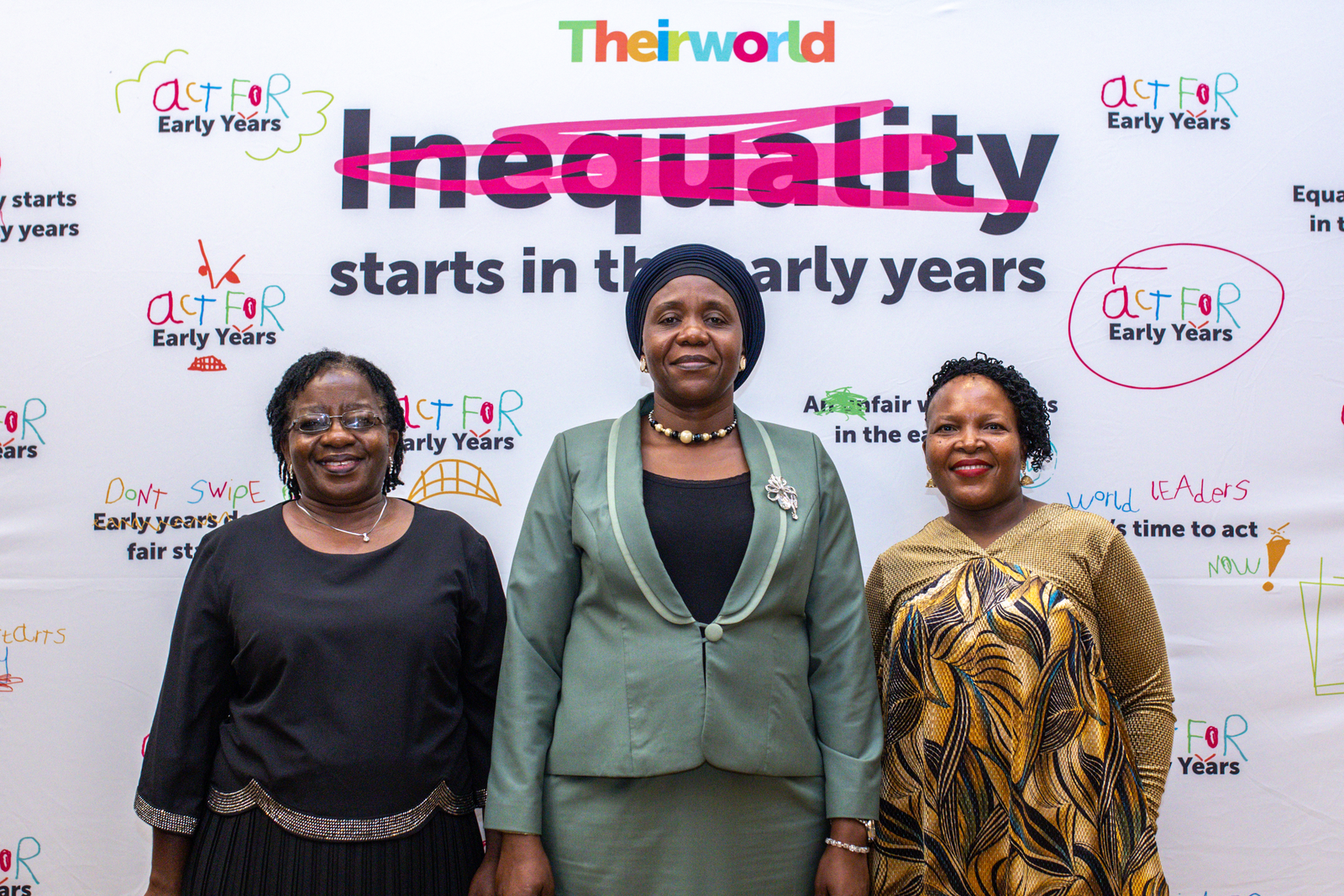
“The girl who was bullied told her story – the bully sobbed, gave her a hug and apologised’
Global Youth Ambassadors, Teachers and learning
What happens if children are taught compassion, tolerance and respect? One of our Global Youth Ambassadors tells of an inspiring incident in an Indian classroom.
Nearly two years ago, I got to teach a feisty group of kids to dance. These kids were probably nine or 10 at the most.
Somewhere behind them all was a slip of a girl. She was silent, thick glasses framing her tiny face, with a head full of oily hair that clung to her scalp.
She smiled broadly all the time, her little teeth like okra seeds. I didn’t hear her voice, even if I strained myself. I noticed that the other kids didn’t talk much to her – she tried sometimes but they’d mostly ignore her.
But she would try her best, learning all her dance steps and performing them with gusto. She never drew attention to herself.
I must confess I was arrogant too. I didn’t even look at her sometimes, focusing on the ones I thought had potential and had the most buoyant energy.
I didn’t pay attention when she missed a step, instead burying myself with the woes of convincing a more boisterous child to tone it down.
One day, one of the more boisterous boys pushed her down for his amusement. In seconds, her eyes brimmed with tears.
I helped her up, and took her aside to the stairs, while a friend took the boy aside to gently give him an idea or two about behaving.
This little girl didn’t say much. I asked her if she was all right and if the kids often did that to her. She looked at me, her eyes big, and nodded.
I didn’t know what to say. And even if I did, I didn’t have a means of ensuring that she’d be taken care of – I had only a month with the kids at school. She went back to class and I had a lump in my throat.
Here she was, this little girl with a soft temperament, thick glasses and oily hair. Here she was, this little girl that simply wasn’t accepted or given the friendship she had every right to have.
It took me back to my own days as a quiet high schooler, bullied into silence because I didn’t check the boxes of what was acceptable.
A few nights after the dance classes ended, I was mulling over the harsh reality of bullying at the school level, the hostility among adults and the overall global cultures of conflict built on differences that we seem to encourage through constant repackaging of old messages of borrowed hatred.
Today’s bully breaks two people: himself and the bullied. He may never change and become worse.
The bullied may become a bully himself or may turn docile. In the rarest scenario, both may make peace and turn new leaves – but given the frugality of conversation, assistance and empathy-driven education curriculums, this may be too distant a reality.
Teaching these children made me realise that generations of students before me, along with me, and now after me, have grown up without learning the most important values of life – of empathy, of choosing peace and compassion over hatred and violence, of choosing equality, tolerance and respect for one’s identity.
What if we taught non-violent communication while teaching rules of grammar, syntax and semantics?
What if we taught history with the right telling and with the agenda to prevent repetition of history’s egregious failings?
What if we taught geography against the landscape of actual equality – where we learned lessons from the earth’s diversity and imbibed it as positive lessons for peace?
We sat down to address themes like empathy, diversity, respect, privilege and entitlement through hands-on games and activities. Kirthi Jayakumar, Global Youth Ambassador
What if we taught practical ways to use numbers in a way that had practical solutions to deter from conflict and choose peace instead.
That led me to pilot my first attempt at using dialogue and storytelling to help break these walls that prop violence and bullying.
I sat in a classroom with 20 teenagers. This class, I was told, had a pair of students bound in “relationship” comprising a long history of bullying.
One of the boys in the class had bullied a rather quiet girl and it had been going on for close to six years.
We sat down to address themes like empathy, diversity, respect, privilege and entitlement through hands-on games and activities. Towards the end, I invited them to share their stories, if anyone felt comfortable.
The girl who was bullied often got up to tell her story. She was from a broken home and was afraid she would never see her father again, as her parents were inching closer to their divorce.
She began to cry, and I turned around to see the boy who bullied her. To my surprise, I saw him sobbing, wiping his tears furiously with the sleeve of his shirt.
He got up, walked up to her, gave her a tight hug and apologised to her. He then told his own story.
He was going through the same thing, except that his father’s violence had made him resolve that he would put up his boundaries before anyone would harm him.
He thought that bullying others would make him feel powerful again and a bit better about his loss of control and power. Today they are the best of friends and they teach classes on empathy and peace.
More news

